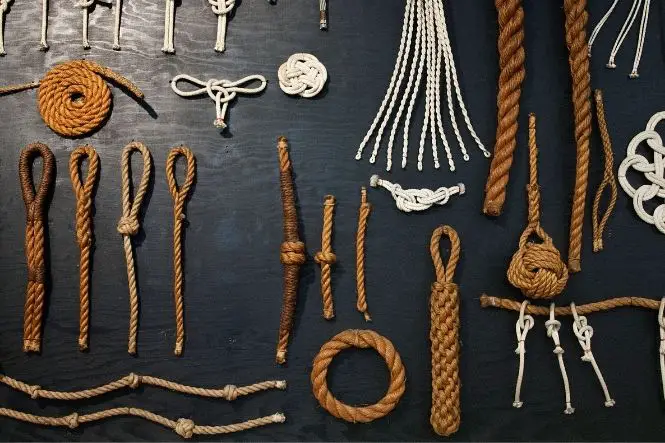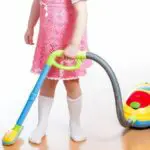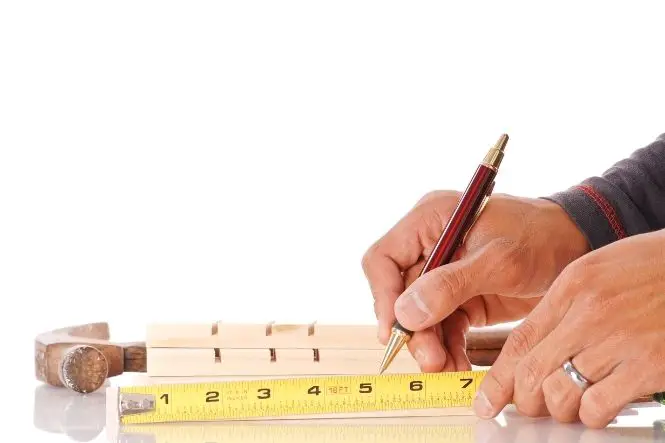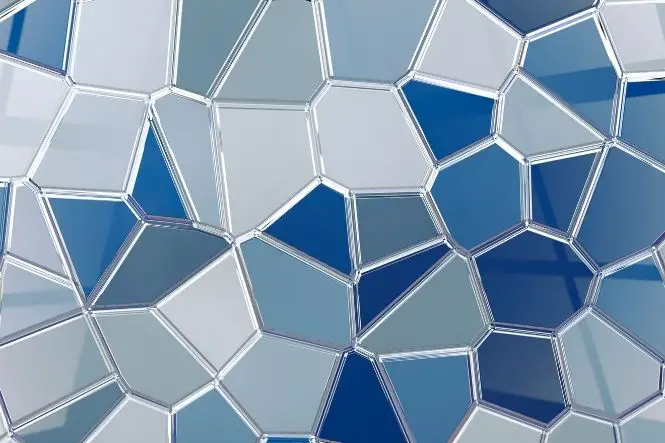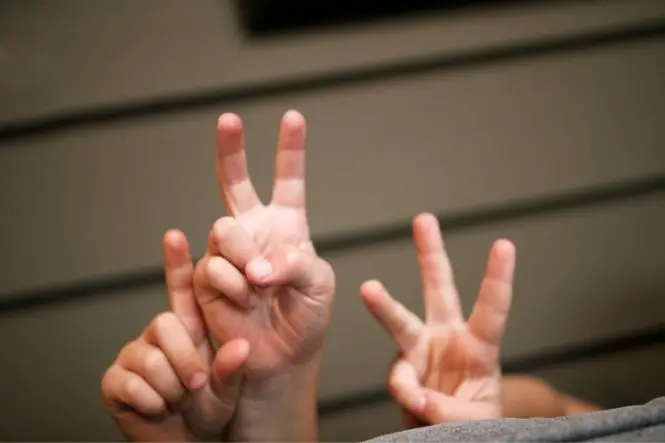Knot theory is the study of knots. As well as being useful to hold things together, knots and knot theory are important in different areas of science, including biology and chemistry.
Why are Knots Useful?
Knots have been used all the way through the history of humans – archaeologists have found knots that could be about 10,000 years old.
Knots help hold things, from shoelaces keeping shoes on feet to ropes keeping ships moored to jetties.
Knots are used in decorations, on clothes, jewellery and furniture. Knots can also mark positions in pieces of rope – see ‘Make a Right Angle With Knots and String’.
Knots have different names according to what they do:
- Knots that join pieces of rope or string are called ‘bends’
- Knots that join rope or string to other things, such as poles, are called ‘hitches’
- Knots that join two or more poles together are called ‘lashings’
Knots are also useful to mathematicians and other scientists in something called ‘knot theory’.
Knot Theory
Topology is the study of objects that are the same (equivalent) mathematically, even if they don’t look the same, especially after being bent, squeezed or twisted. An apple, a pear, a grape and a dice don’t look the same, but in maths they are treated the same – they each have a single surface with an inside and an outside. A doughnut with a hole, a mug, a Polo mint and a wooden picture frame are the same topologically – each is a loop joined at the ends.
Knot theory is the mathematical study of knots, and is a part of topology. When mathematicians think about knots, they look at closed knots (knots where the ends are joined together). Whatever happens to a closed knot when it is handled, tangled and moved about, it still topologically remains the same knot because the ends are joined together.
Try making some knots and playing with them.
- Zero knot or unknot – a piece of rope or string joined to itself to make a circle.
- Trefoil knot – a knot with three loops. One way to make a trefoil knot is to take a long strip of paper, make three half-twists (a half-twist is twisting the paper once, not all the way round) and stick the ends together (see ‘How Many Surfaces? Making a Möbius Strip’). Cut down the centre of the strip – this should create a trefoil knot.
To make a trefoil knot out of string or rope, tie an overhand knot (just a simple single knot) by putting the right end over the left end and then under it, and then join the ends together by knotting, gluing or sewing them together. Make another trefoil knot by starting with the left hand end over the right hand end and then under – these two trefoil knots will be mirror images of each other. However much the left trefoil knot is twisted and turned around, it can never turn into the right trefoil knot.
Twist and tangle these knots around – however wound up they get, provided the ends stay joined together, they can always go back to their original shape. Try tangling them up as much as possible, and then getting someone else to untangle them back to the original shape.
Take two unknots, two left hand trefoils and two right hand trefoils, and tangle each of them up. Ask someone to guess which kinds of knots they are, and then untangle them to see if they have guessed right.

